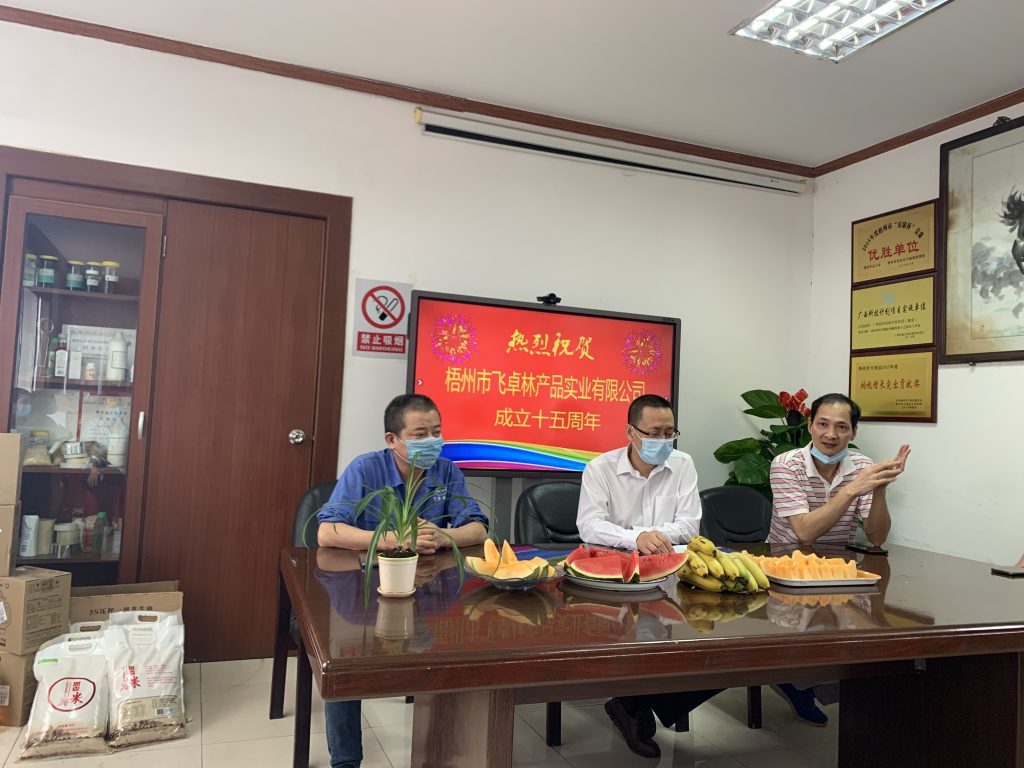Differences between water-based coatings and solvent-based coatings
The differences between water-based coatings and solvent-based coatings can be compared from the following aspects: different resins of coating systems are different: the resins of water-based coatings are water-soluble and can be dispersed (dissolved) in water; Different diluents (solvents): water-based coatings can be diluted with DIWater (deionized water) in any proportion, while solvent-based coatings can only be diluted with organic solvents (odorless kerosene, light white oil, etc.).
The coating construction requires different construction environments: the freezing point of water is 0 ℃, so the water-based coating cannot be constructed below 5 ℃, while the solvent-based coating can be constructed above - 5 ℃, but the drying speed will slow down and the interval between passes will lengthen; Construction viscosity: the viscosity reduction effect of water is poor, and the water-based coating will be relatively troublesome when adding thinner to reduce viscosity (the viscosity reduction will greatly reduce the solid content of the coating working fluid, affect the covering power of the coating, and increase the number of construction passes). The solvent-based viscosity adjustment is more convenient, and the viscosity limit will also affect the selection of construction methods; Drying and curing: water-based paint is more delicate, and can not be cured well when the humidity is high and the temperature is low, and the drying time is prolonged. However, if the temperature is increased, the water-based paint also needs to be heated gradient, and it will enter the high-temperature environment immediately. After the surface of the water-based paint is dried, the internal water vapor overflow will cause pinholes or even large areas of blisters, which is because only water is used as the diluent in the water-based paint, and there is no volatile gradient.
For solvent-based coatings, the diluent is composed of organic solvents with different boiling points, and has multiple volatilization gradients. After flashing (the drying period from the completion of construction to before entering the oven), it will not be baked in the high temperature zone. After film formation, the different gloss expression of the decorative properties of the coating film is different: solvent-based coatings can control the fineness of the pigments and fillers according to the grinding, which is not easy to reverse in storage. The change of the coating film gloss can be achieved by adding resin to control the coating PVC (face to base ratio), additives (such as matting agent), and the gloss can achieve matte, matte, semi-matte, and high gloss.
The gloss of automobile paint can reach more than 90%; The gloss performance of water-based coatings is not as wide as that of oil-based coatings, and the high gloss performance is poor. This is because the water in water-based coatings is used as a diluent. The volatile characteristics of water make it difficult for water-based coatings to show more than 85% high gloss. Different color expressiveness: solvent-based paint pigments and fillers can be selected from a wide range, both inorganic and organic, so various colors can be mixed, and the color expressiveness is very good; The selection range of pigments and fillers for water-based coatings is small, and most organic pigments cannot be used. Because of the incomplete color, it is difficult to bring out colors as rich as solvent-based coatings.




